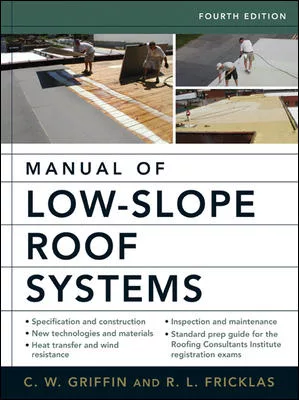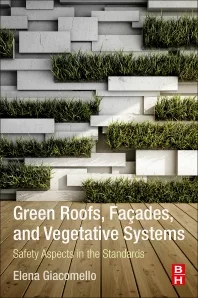Unintended Consequences of New Building Products and Systems
I have always been a fan of Sir Isaac Newton’s Third Law of Motion. A few hundred years ago he said, “For every action there is an equal and opposite reaction.” Many have argued that this law was flawed, but if you expand your vision of the concept, you must recognize it as pure wisdom.
For instance, when new components of building envelope systems are put into play, the intended results are often accompanied by results that are unexpected. What brings this up now is a number of issues being bandied about in the roofing industry related to materials, systems and design.
Throughout the years there have been minor to spectacular system failures when old methods or materials were tossed in favor of another product or system that was, for one reason or another, deemed better. Often “better” could have been translated to “cheaper,” but that was not always the case. For example, the first cement-fiber shingles introduced after the asbestos ban went into place proved to be a disaster. They failed almost as fast as they could be applied.
More recently there have been reports of issues related to white-surfaced roofing including moisture appearing beneath the membrane in certain climates and conditions. Water-based adhesives take away a lot of issues related to VOCs but are much more demanding in the areas of storage, handling and application.
Firefighters have been complaining recently about the placement of solar panels on rooftops. It seems some solar arrays are creating access problems and other hazards as firefighters seek to vent the roofs while fighting fires.
A few months ago, roofing contractor Danny Graston shared a copy of a letter he sent to his building official in St. Johns County, Fla. Graston is concerned about the practice some insurance providers have been using, encouraging homeowners to install a “Secondary Water Resistance” (SWR) membrane under their steep-slope roofing systems. At least one insurance company has defined an SWR as a self-adhering modified bitumen membrane applied directly to the sheathing. There should be little doubt that in a hurricane, the collateral damage to a home will be greatly reduced by a secondary sealed roofing system. But Graston has learned that in as little as one year the shingles can become welded to the SWR, making removal for repairs almost impossible and certainly much more expensive. He estimates tear-off labor will increase by two to three times. And in some cases, replacing the roof sheathing will be the only way to get a decent substrate on which to apply the new roof.
The good news is that many of these issues may be resolved in the design phase, and I believe the industry has generally improved over the years. We are not, however, immune from jumping on a great idea and putting it into place in roofing systems without thorough foresight into any and all unintended consequences.
I suppose that is what you get in a fast-moving and competitive environment, but to quote my wise friend, Bruce, “When did you ever get anything marked ‘instant’ that was any good?” Taking the time to design trouble out of a product or system may delay its entry into the market, but may also be the wisest course of action.
P.S. Join the Roofing Contractor team in Las Vegas at the International Roofing Expo.
Looking for a reprint of this article?
From high-res PDFs to custom plaques, order your copy today!





